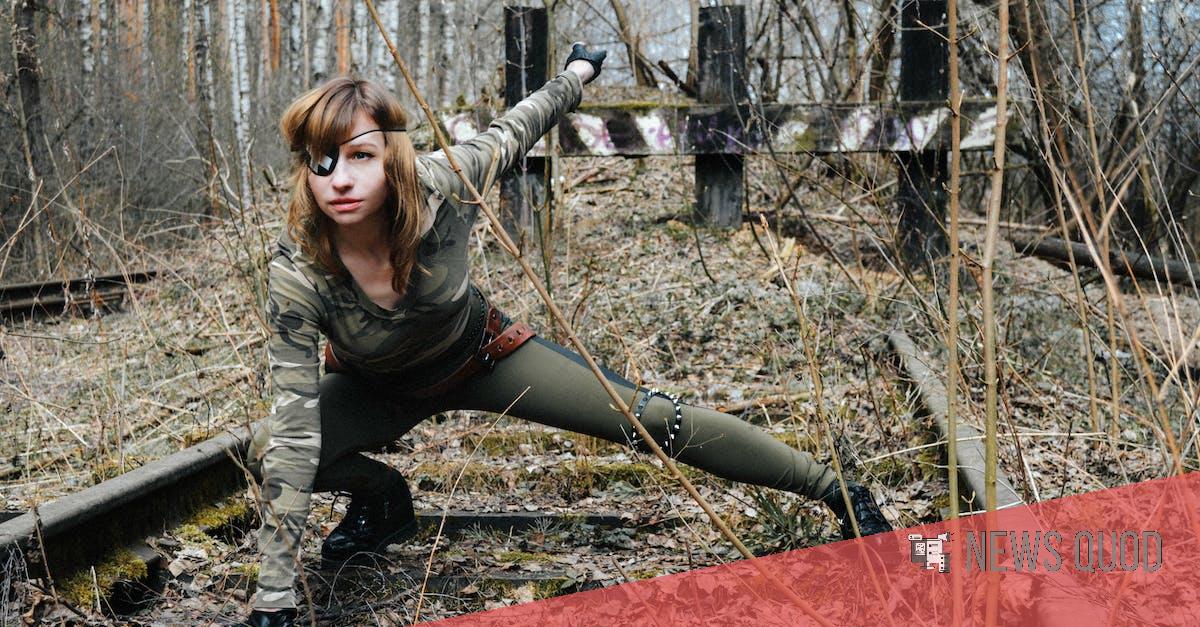What to expect from the UK solar eclipse in 2022

The complete solar eclipse is expected to occur within North America on August 21 in 2017. The total solar eclipse will see the moon directly in front of the sunand cast an elongated shadow on earth. While this is an incredible event, and not often seen however, you must be aware that you shouldn’t look in the direction or part of the sun. Even if you just glance at the sun for a few minutes, experts advise that exposure to direct sunlight could cause serious eye injuries. What can you do to enjoy the eclipse without risk? There are a variety of methods to experience the spectacle safely. It is possible to use a telescope binoculars, binoculars, or magnifying glasses to look towards the sun. A separate card will display the image with the most brightness.
1. Do there exist any risks to watching the sun direct in the course of a solar eclipse?
Directly looking at the sun during a solar eclipse could be a risk in a variety of ways. The first is that the sun’s intense radiation could cause damage to the eyes. Additionally, long-term exposure to sunlight can trigger migraines or headaches. Looking at the sun all day long could cause solar retinopathythat could result in permanent vision loss.
2. What proportion of the sun’s rays will be blocked by the Siberian western eclipse?
Live stream of the UK’s solar eclipse of 2022 is now available. What proportion of the sun’s rays will be blocked due to the eclipse that takes location in western Siberia in this particular event? The answer to this question depends on where an observer’s location is. The sun’s appearance will be darker when you’re further north. The northernmost sun of Siberia’s areas will be almost completely obscured, whereas it won’t be seen in the southern Siberia regions.
3. How do I best to view an eclipse?
10 June 2022 The UK will witness a partial solar eclipse. It is recommended to view the eclipse by binoculars or using a telescope instead of using the naked eye. The reason for this is that the moon only covers one portion of the sun which makes it hard to see with naked eyes. Binoculars, a telescope or even a telescope can let you look more closely at the solar surface and make it the most amazing experience.
A Short Summary
W








